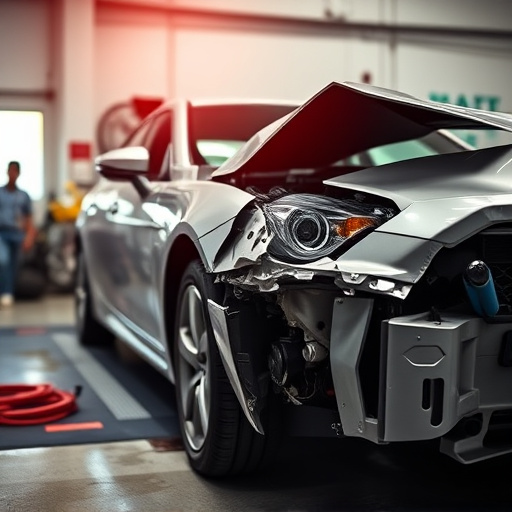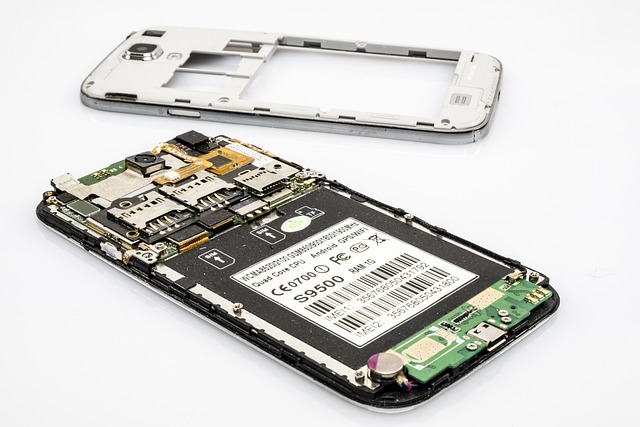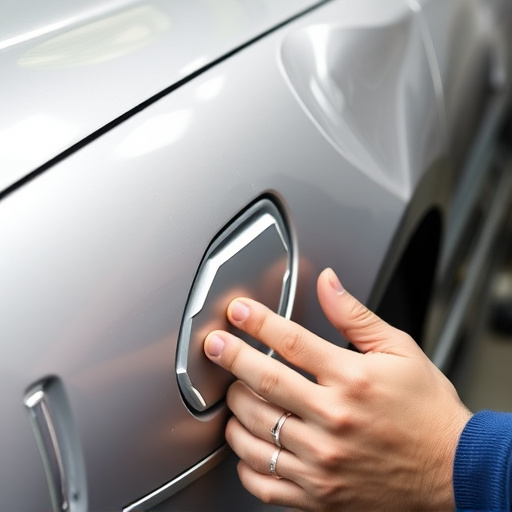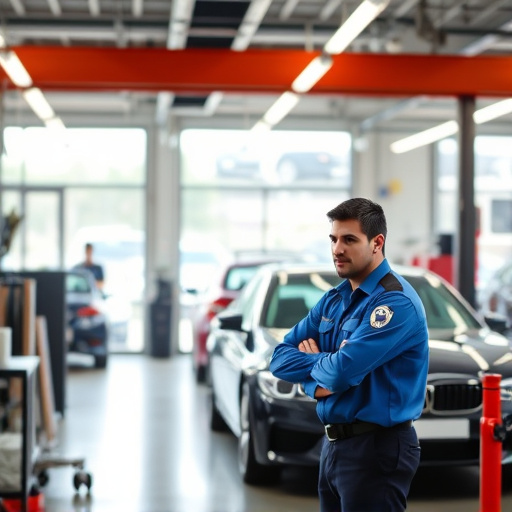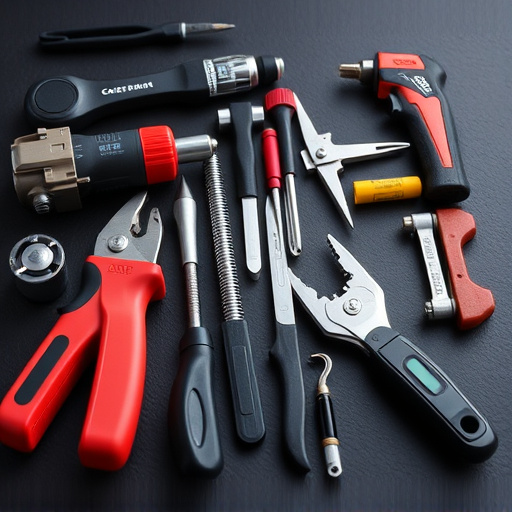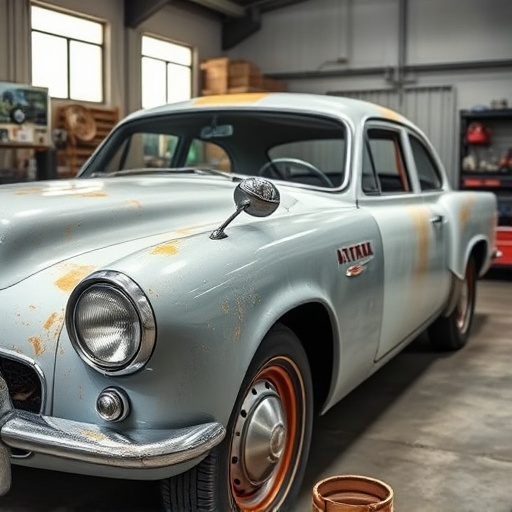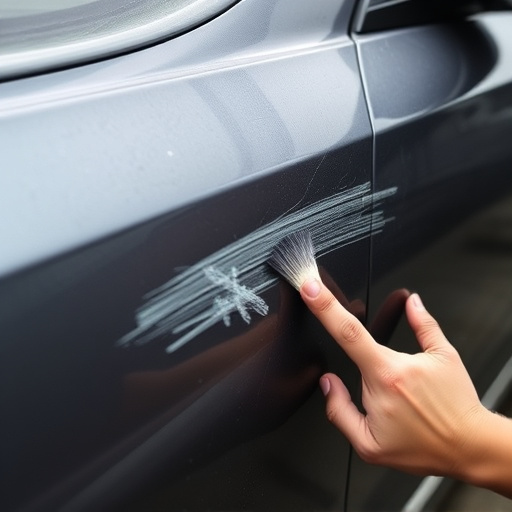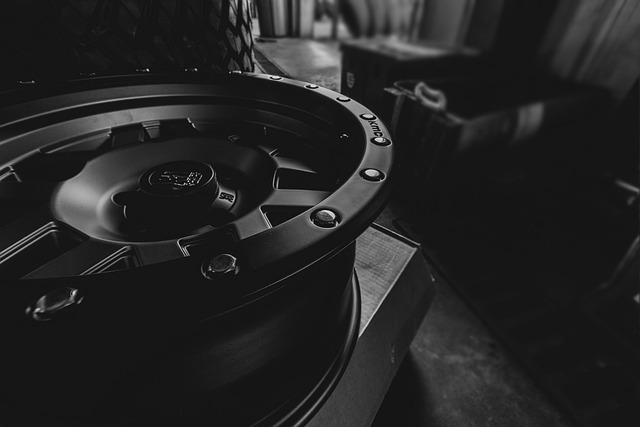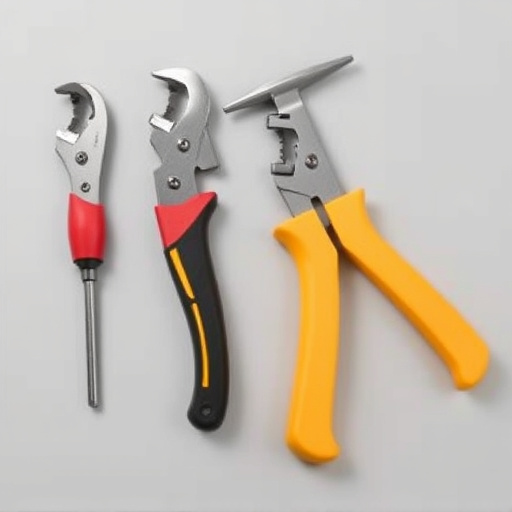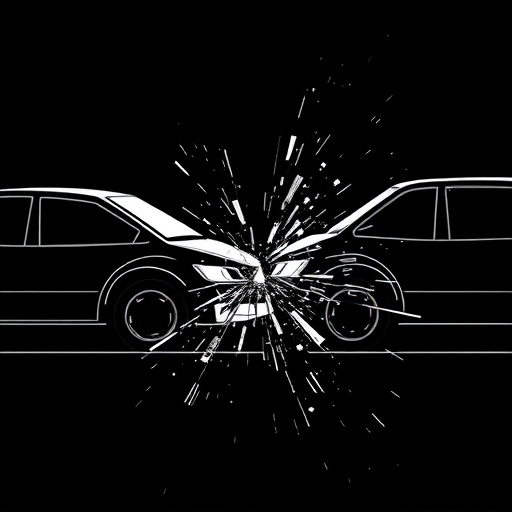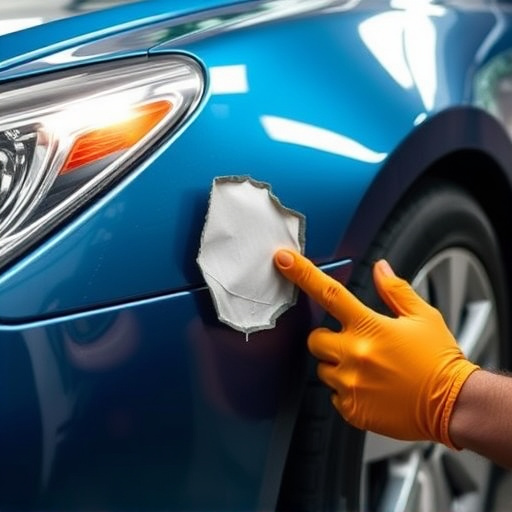Factory-spec restoration is a meticulous process that returns vehicles to their original condition using specialized equipment, high-quality materials, and deep knowledge of manufacturer standards. Achieving accurate color matching involves advanced paint analysis kits and skilled technicians. Collision repair services must pay meticulous attention to detail for both visual appeal and structural integrity. Skipping preparation steps like cleaning and priming can lead to painting issues. Neglecting these crucial aspects compromises the professional, durable factory-spec standard.
Delve into the world of factory-spec restoration, a meticulous art that aims to recapture the original state of vehicles. This comprehensive guide offers advanced tips to help enthusiasts achieve precision and quality. From understanding stringent restoration standards to mastering matching techniques with specialized tools, you’ll learn how to avoid common pitfalls. By following these expert insights, you can ensure your restored vehicle mirrors its factory-new appearance, making it a true testament to craftsmanship.
- Understanding Factory-Spec Restoration Standards
- Tools and Techniques for Accurate Matching
- Common Pitfalls to Avoid During Restoration
Understanding Factory-Spec Restoration Standards
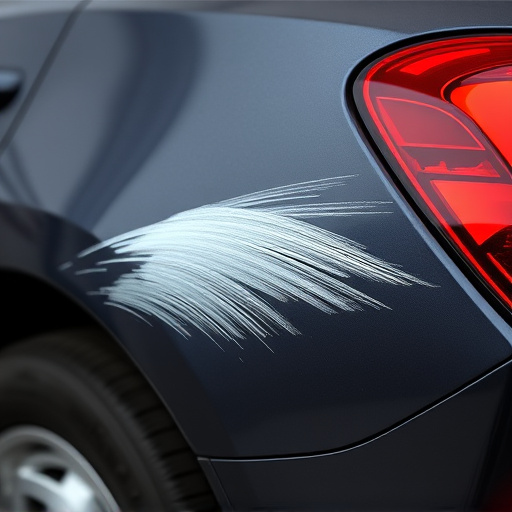
Factory-spec restoration is a meticulous process that aims to restore vehicles to their original condition, as they left the factory. Understanding the standards set by manufacturers is paramount for achieving exceptional results. These guidelines specify the exact materials, techniques, and finishes required to match the vehicle’s initial state seamlessly. By adhering to these standards, collision repair services and automotive restoration specialists can ensure that every detail, from paint composition to panel fitting, aligns perfectly with the manufacturer’s specifications.
When considering auto repair near me or an automotive restoration project, it’s crucial to select professionals well-versed in factory-spec restoration. Their expertise involves using specialized equipment and high-quality materials to replicate the precision craftsmanship of the original manufacturing process. This level of attention to detail is what sets apart a simple repair from a restoration that truly captures the vehicle’s essence, making it look and perform as if it just left the showroom floor.
Tools and Techniques for Accurate Matching
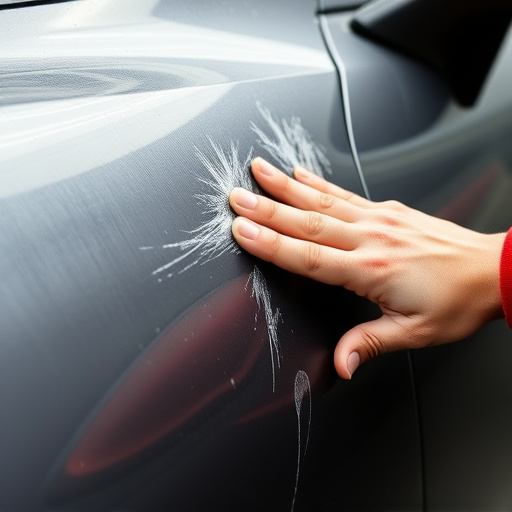
When attempting a factory-spec restoration on your vehicle, achieving accurate matching is paramount to ensuring the final result aligns with the original manufacturer’s standards. This involves a meticulous combination of tools and techniques. One of the primary tools for this task is an advanced paint analysis kit that can precisely match colors across various makes and models. These kits utilize sophisticated technology to scan and duplicate even the subtlest variations in hue and shade, ensuring no visible discrepancies between new and restored parts.
Furthermore, skilled technicians leverage specialized equipment like precision sanders and polishers to shape and refine surfaces, preparing them for repainting. This process includes careful removal of any dents or damage through advanced car dent repair techniques, followed by meticulous surface preparation to ensure optimal paint adhesion. In the realm of automotive collision repair, a keen eye for detail is essential; technicians must consider not just the visual aspects but also structural integrity, employing various tools and methods to restore both the exterior and interior to their factory-spec condition.
Common Pitfalls to Avoid During Restoration
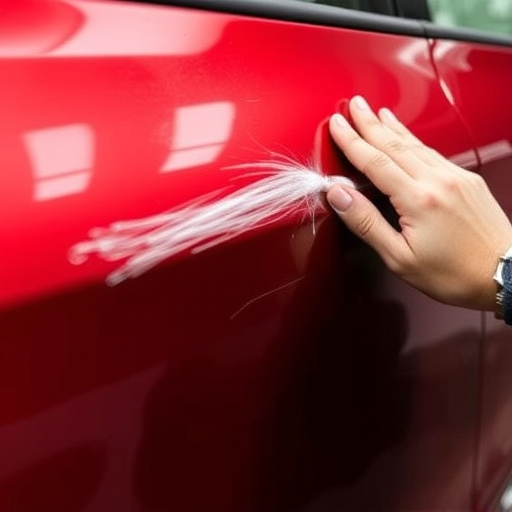
During factory-spec restoration, a common pitfall to avoid is attempting to achieve perfection without understanding the nuances of the original manufacturing process. Every car manufacturer has their unique techniques and materials, especially for intricate details like panel gaps and paint finishes. A rushed or incorrect approach can result in an imperfect reproduction, leading to visible disparities from the factory-spec standard.
Another mistake to steer clear of is neglecting the importance of preparation. Car restoration, be it after a fender bender or extensive damage, requires thorough cleaning, surface treatment, and priming before painting. Skipping these steps can cause paint issues like bubbling, chipping, or an uneven finish, compromising the overall quality of the factory-spec restoration. Always remember that meticulous preparation is key to achieving a professional and durable outcome in car body repair.
Factory-spec restoration is an art that requires precision, knowledge, and the right tools. By understanding industry standards, mastering matching techniques, and steering clear of common pitfalls, restorers can achieve exceptional results that maintain the integrity and value of original components. Embracing advanced tips for factory-spec restoration ensures vehicles return to their former glory, preserving automotive history and satisfying enthusiasts worldwide.
